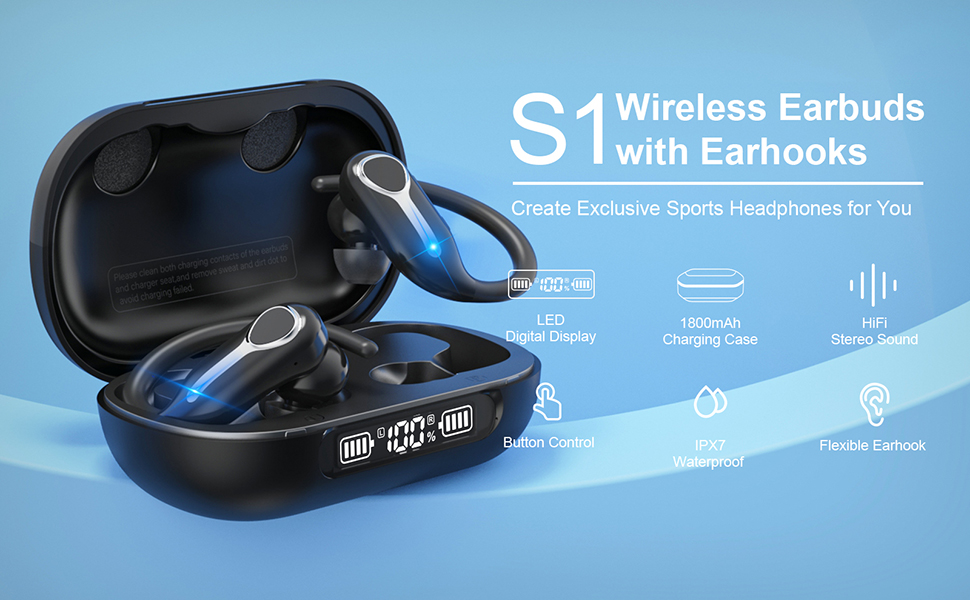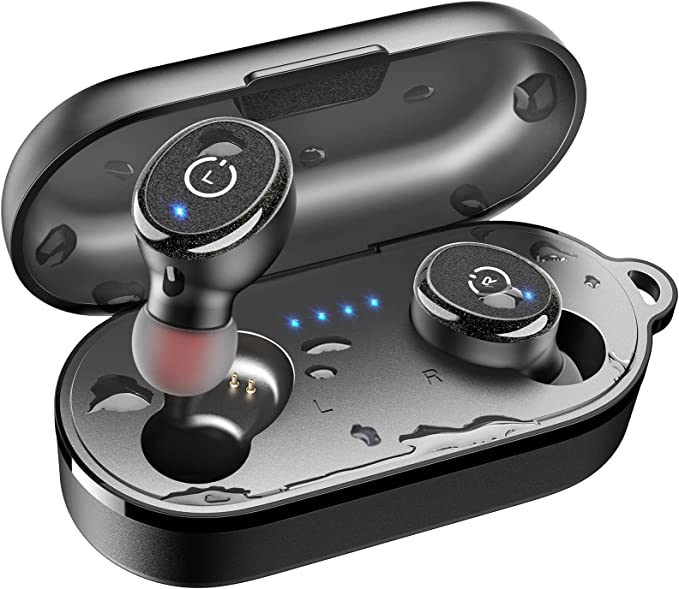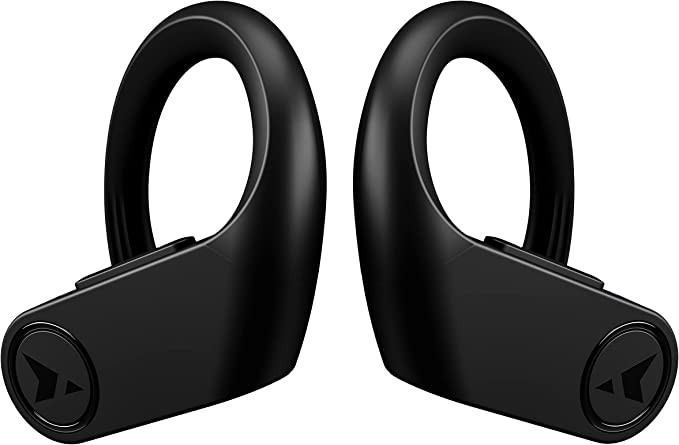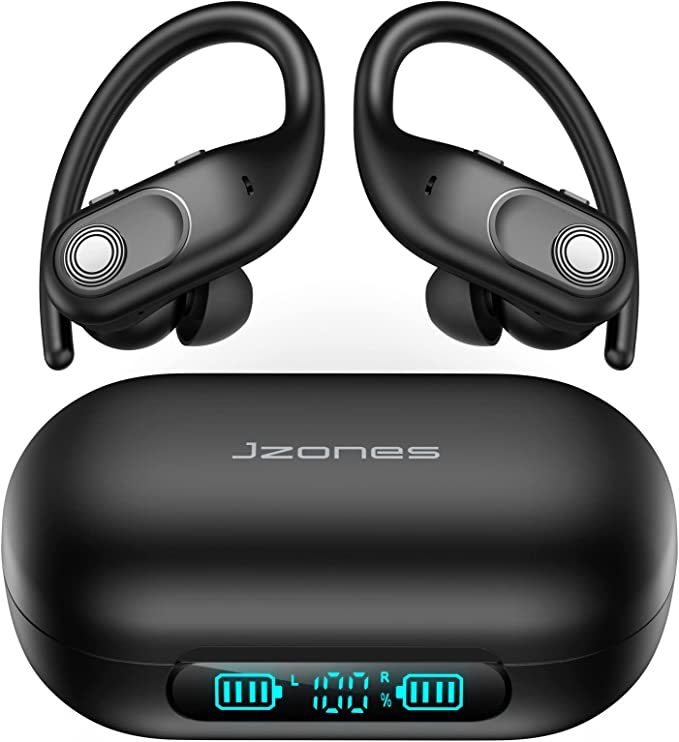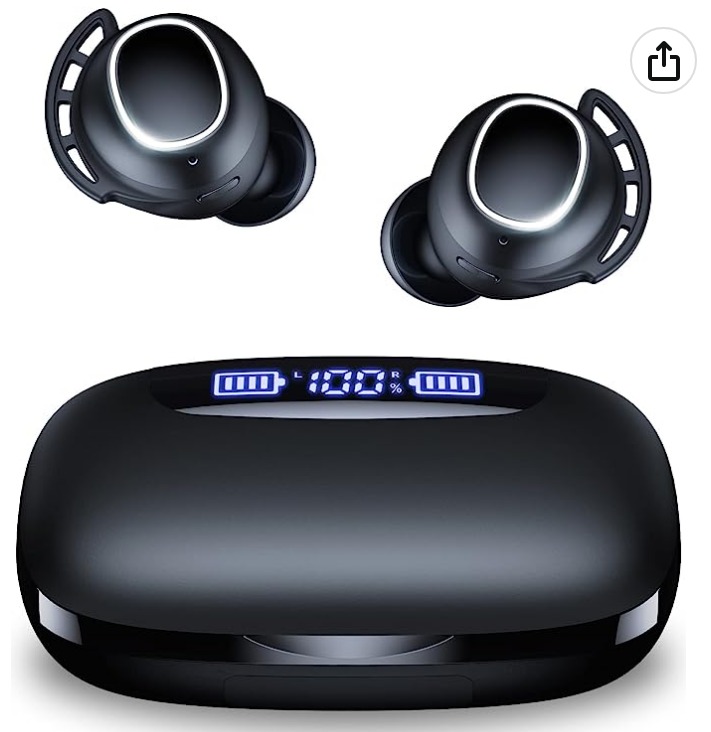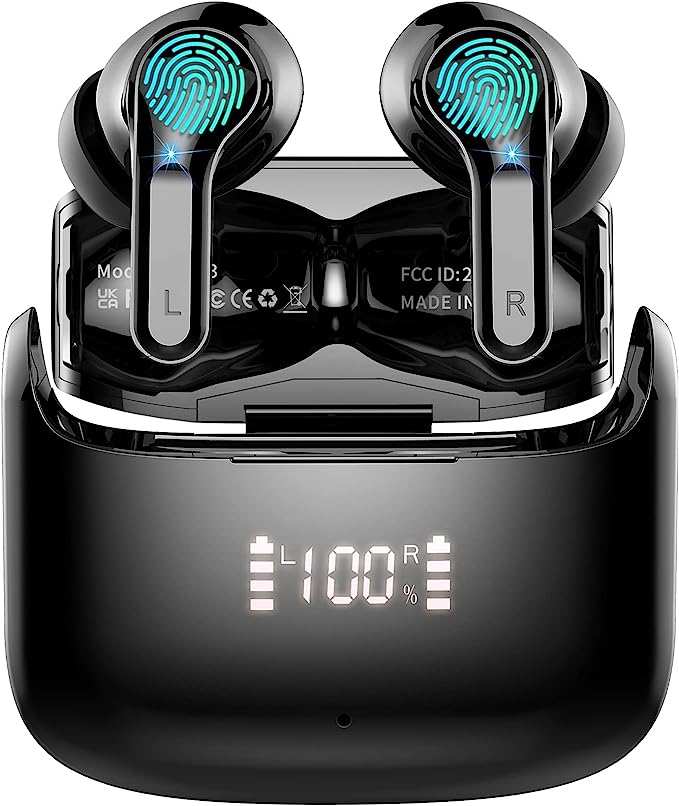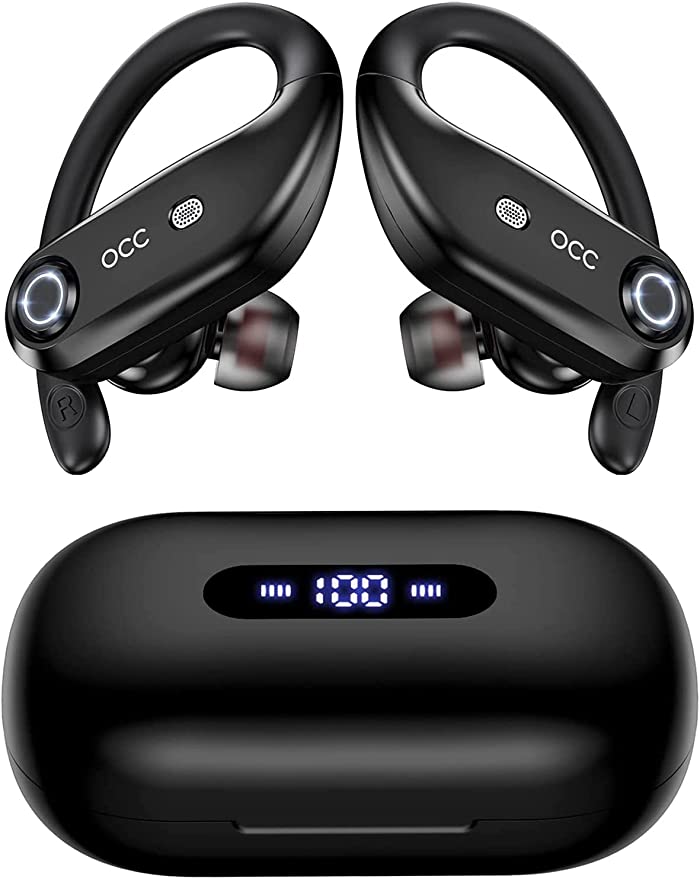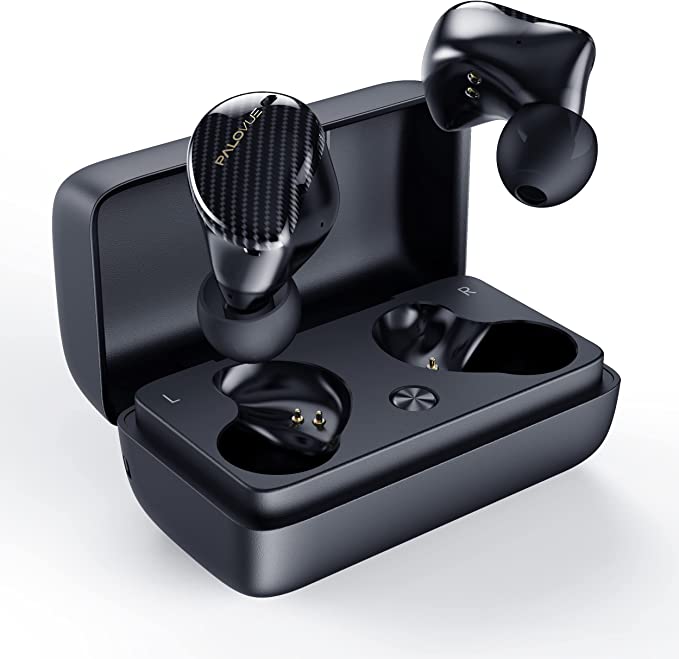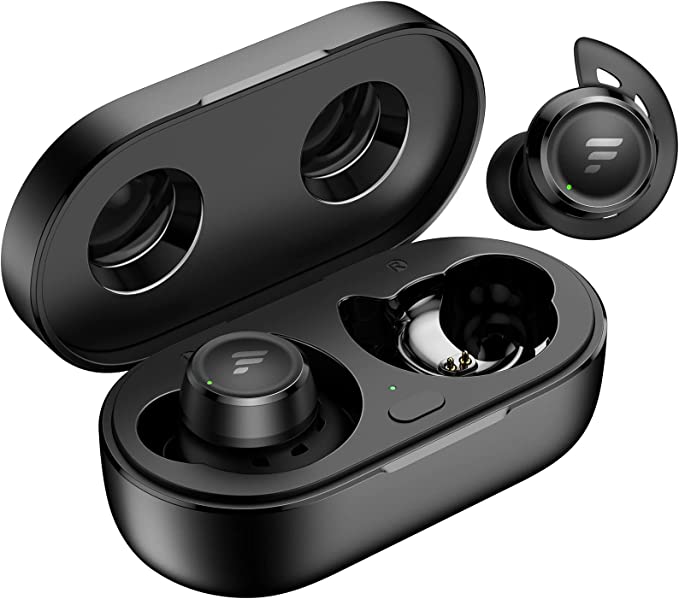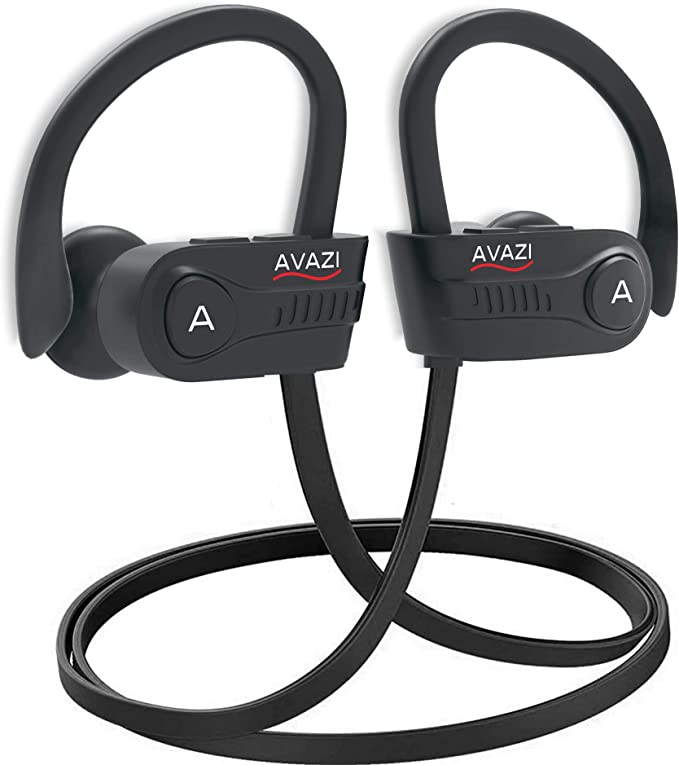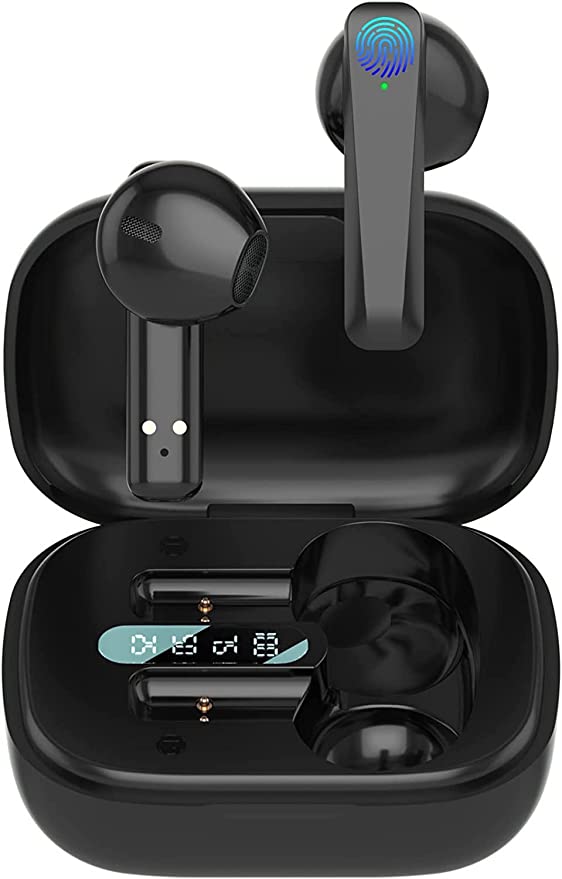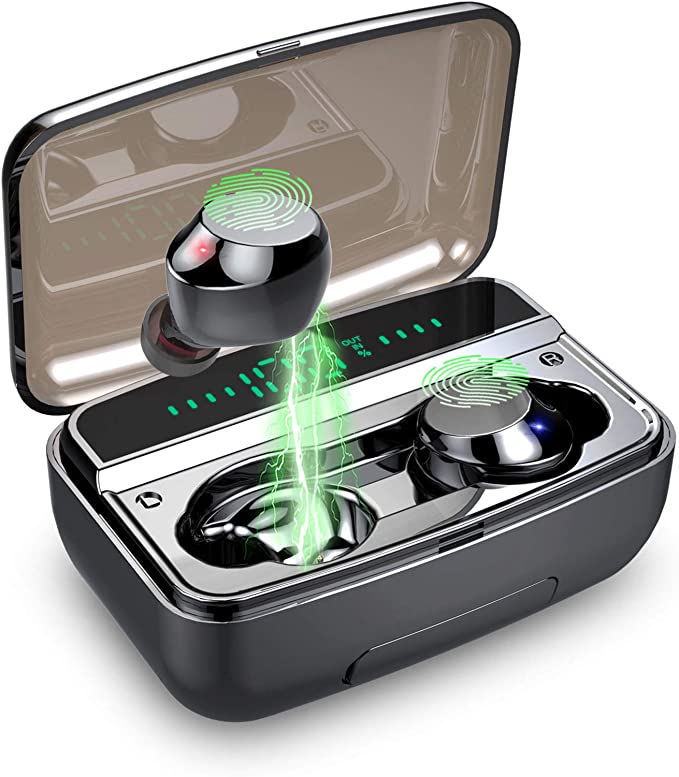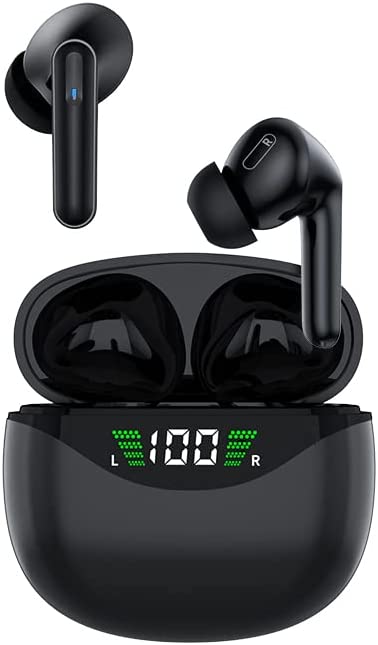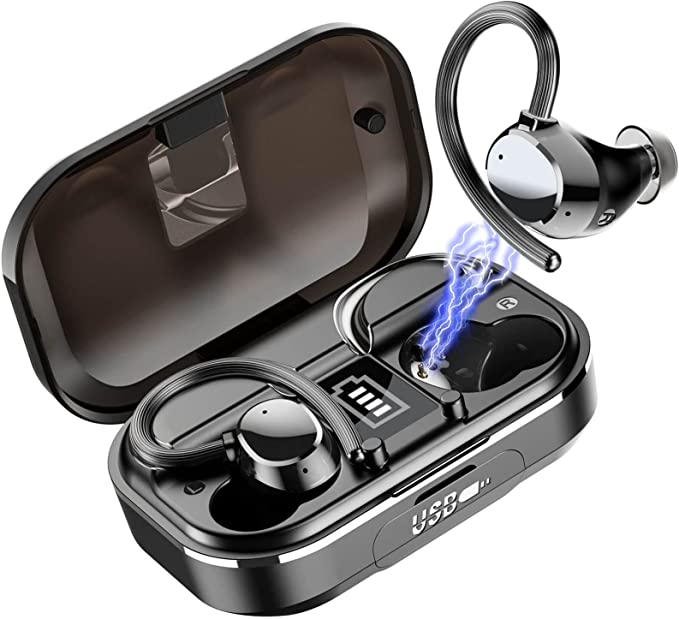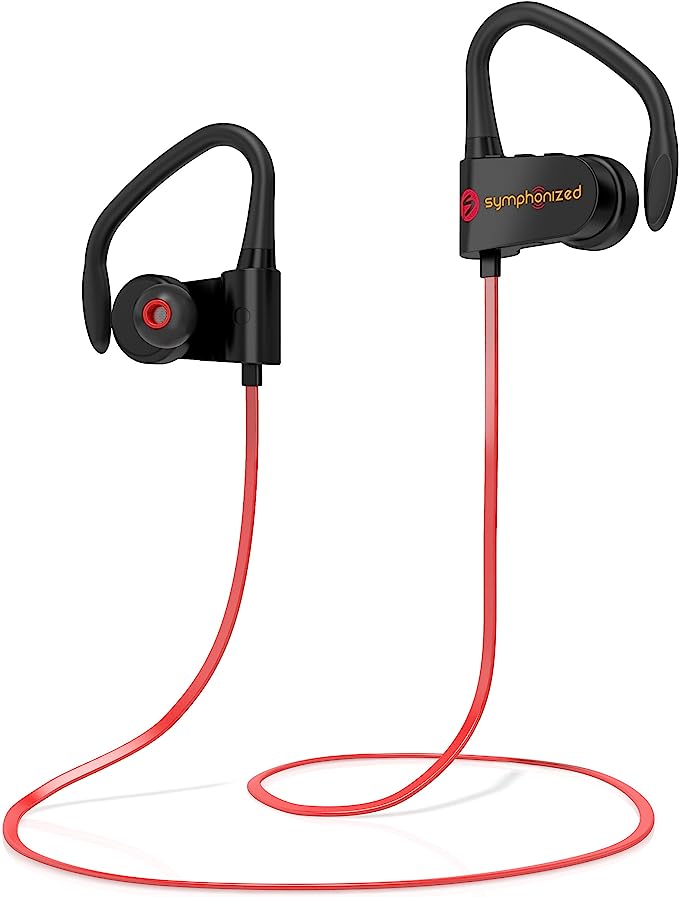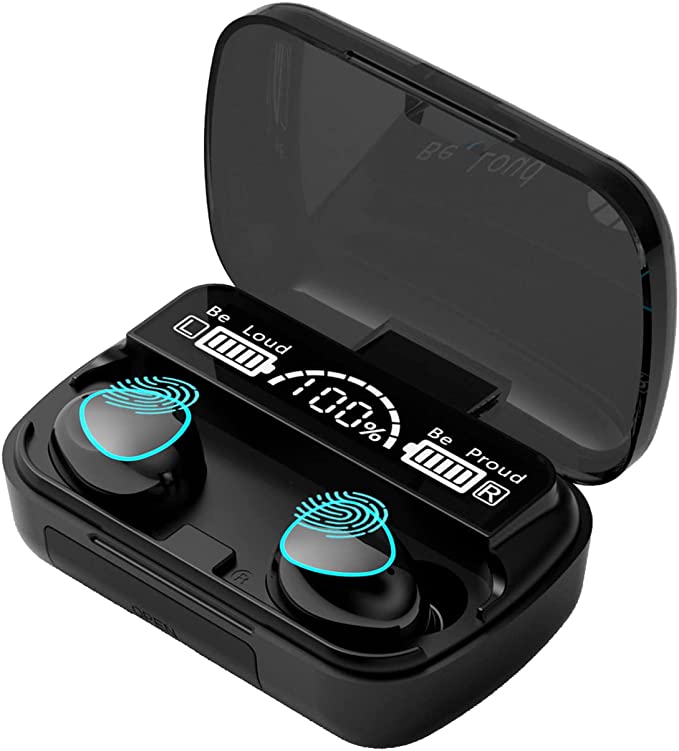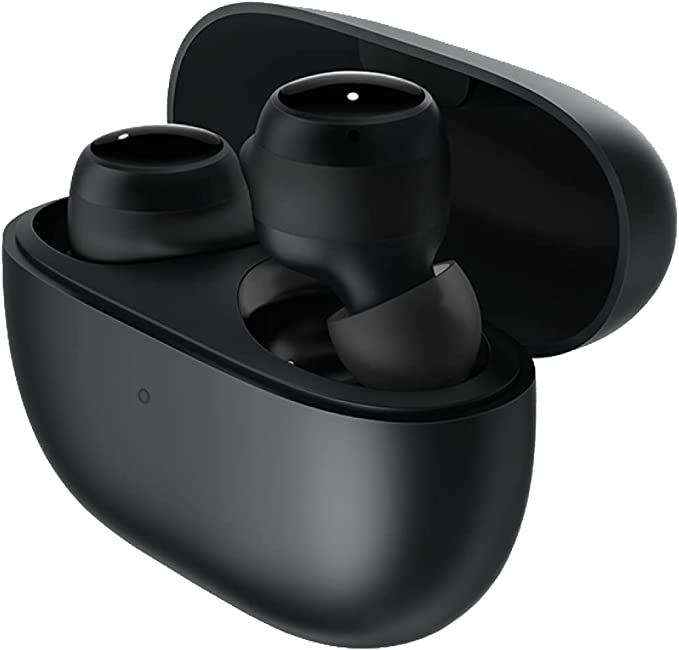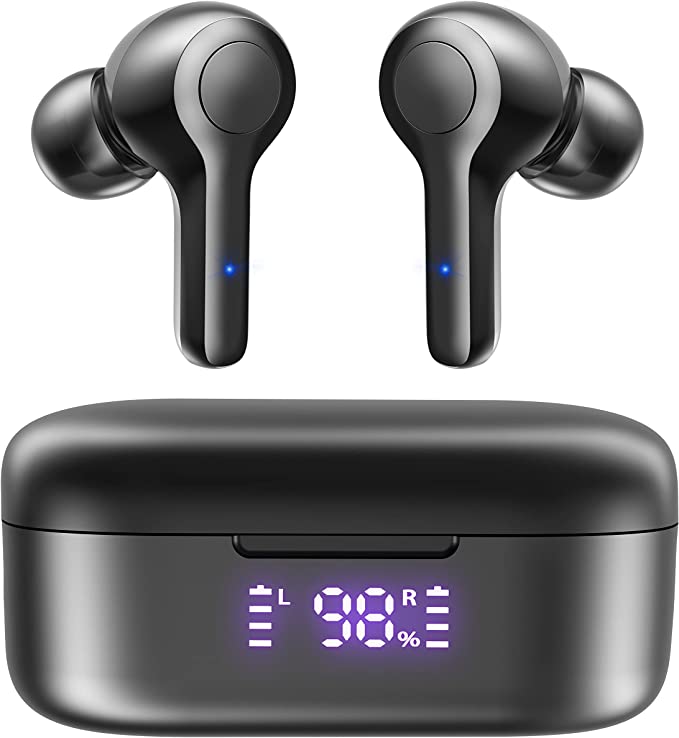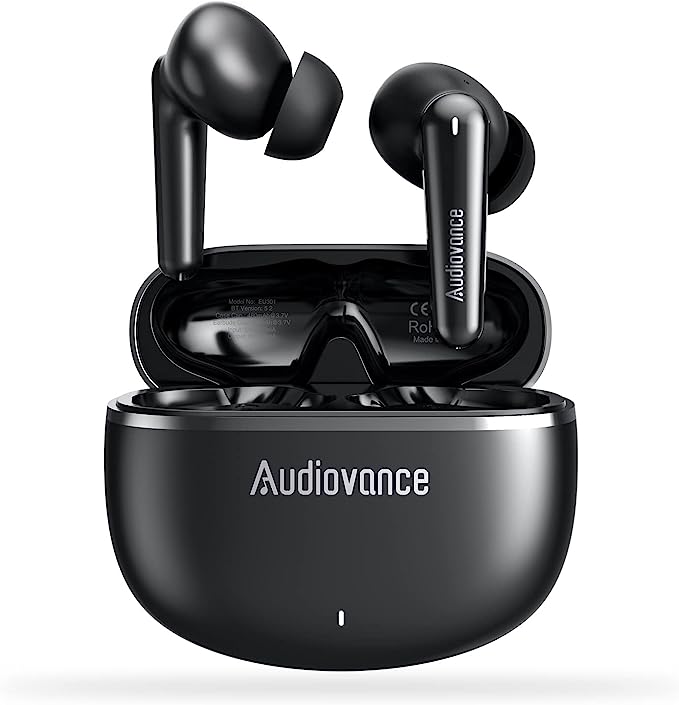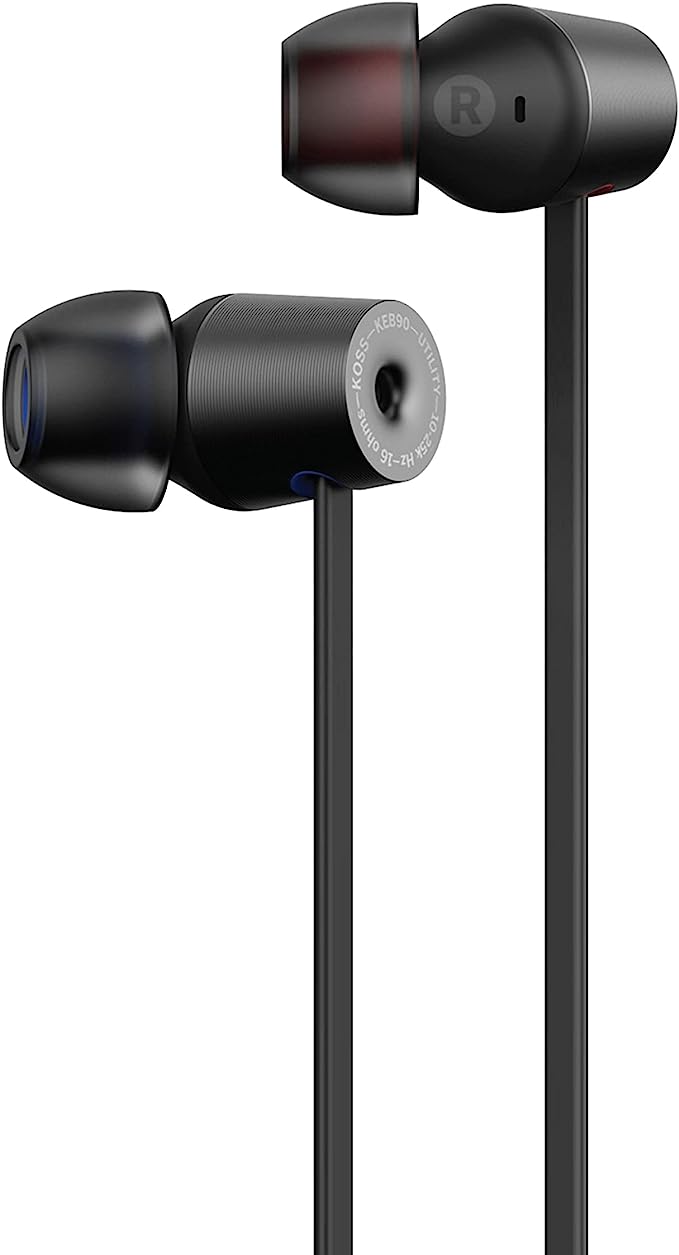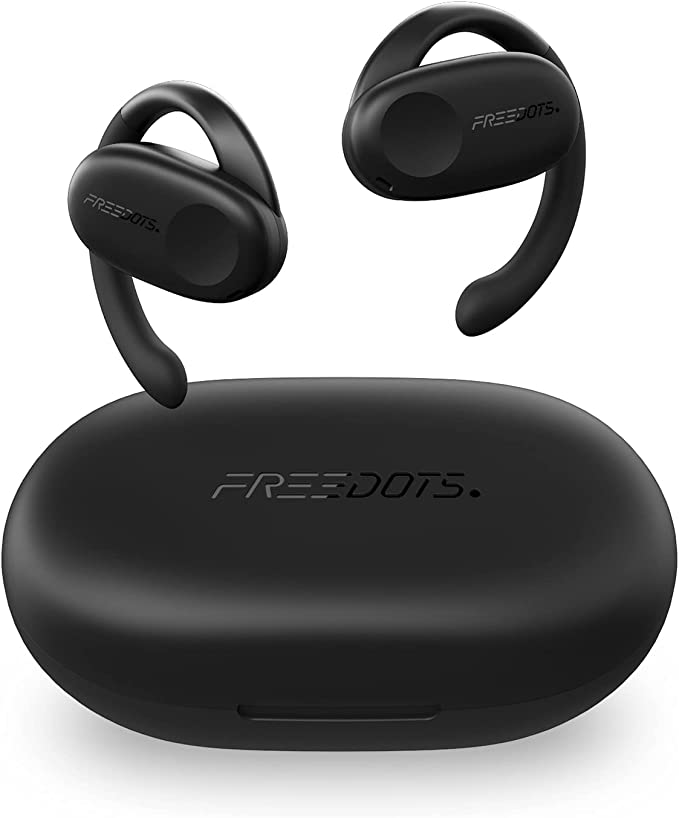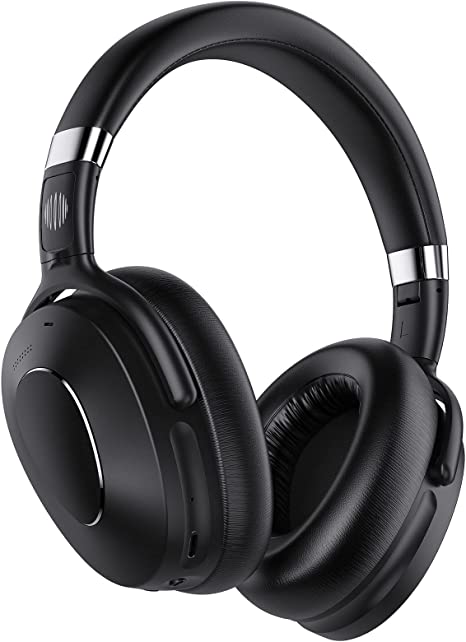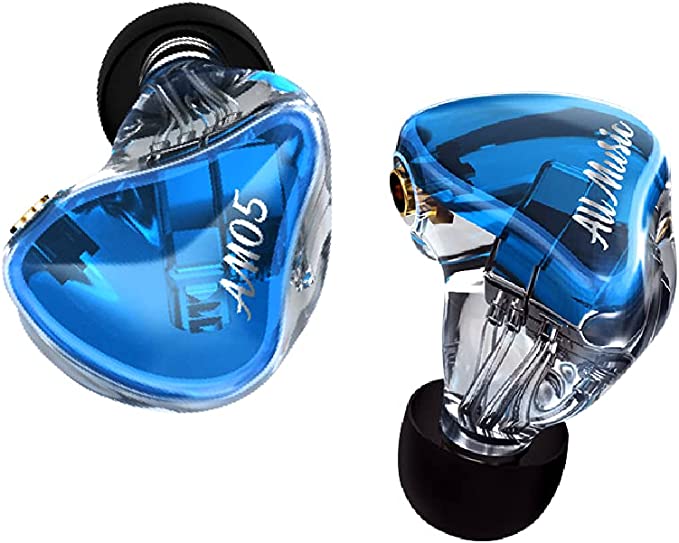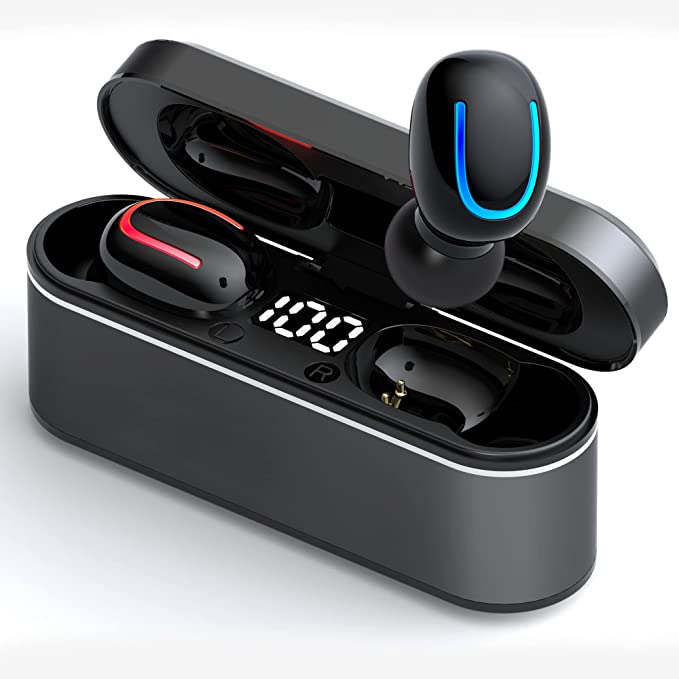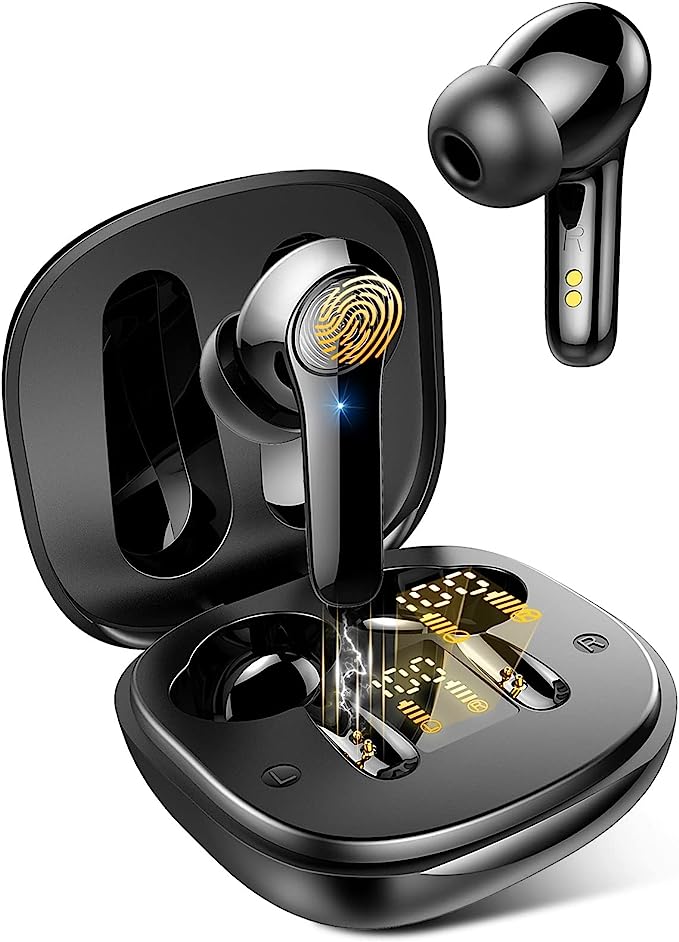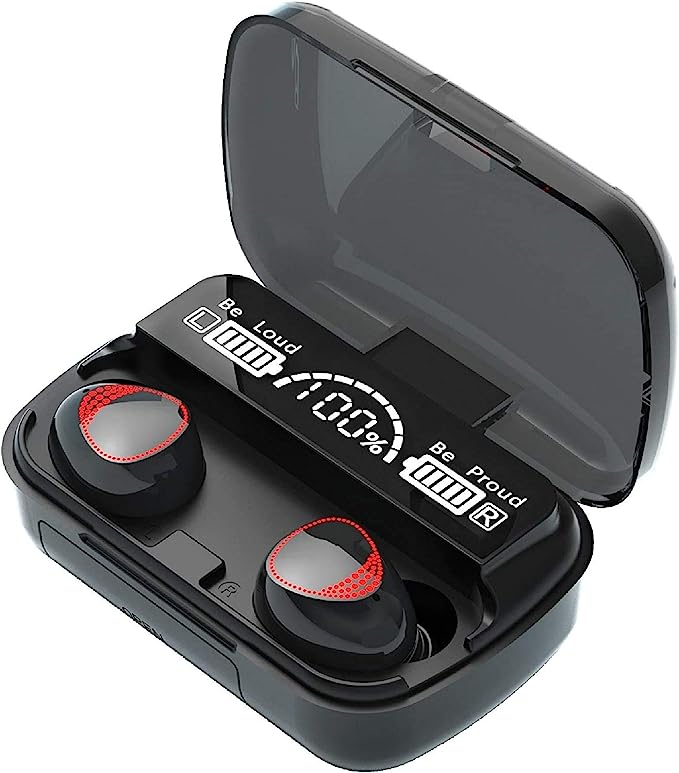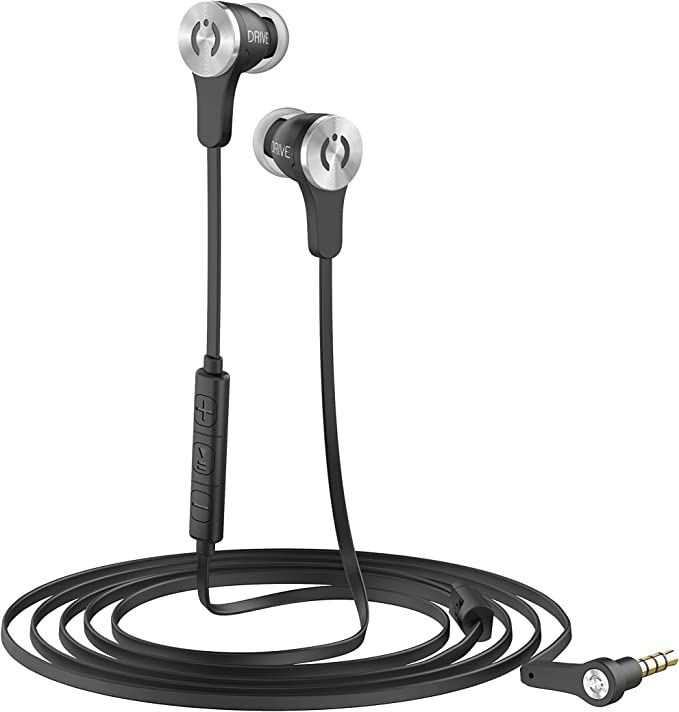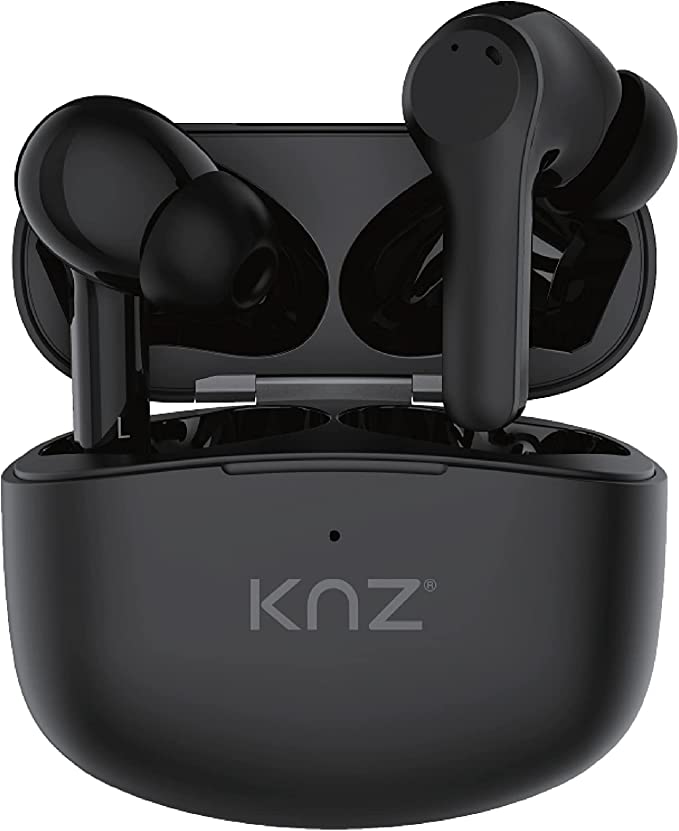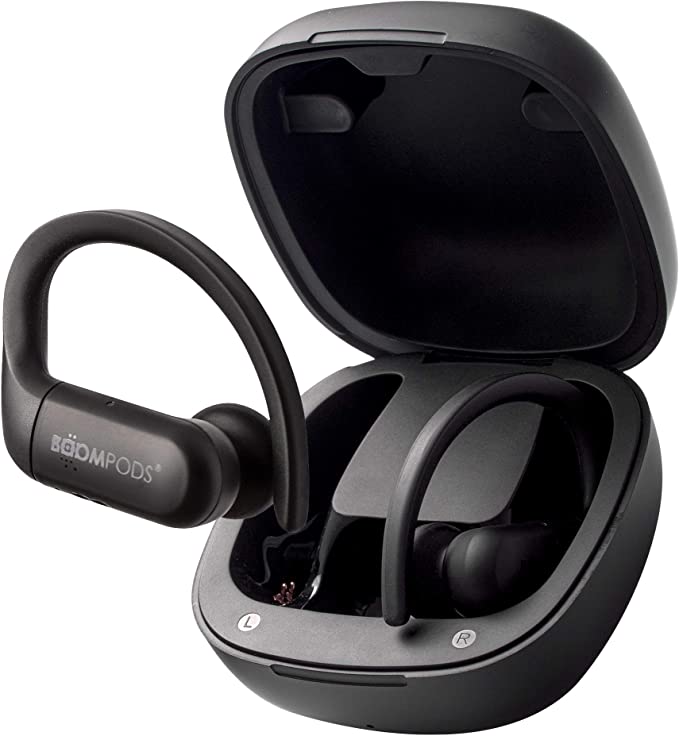Monster N-Lite Clear Talk Wireless Earbuds: Pure Sound, Ultimate Freedom
Update on Sept. 23, 2025, 3:21 p.m.
We take apart a $60 pair of earbuds to reveal the hidden science of beamforming, the art of shrinking music, and the clever compromises that let you be heard over the noise.
It’s a scene we’ve all starred in. You’re navigating the controlled chaos of an airport terminal when your phone buzzes with an important call. You answer, pressing the phone to your ear, and immediately begin the ritual: one hand cupping the bottom of the device, your voice unnaturally loud, shouting into the microphone to be heard over the gate announcements and the low roar of the crowd. It’s an instinctive act, a futile attempt to shield your voice from the sonic storm around you.
For decades, this has been the fundamental problem of mobile communication: a single microphone is an indiscriminate listener. It faithfully captures everything—your voice, the wind, the crying baby three rows back—and crams it all down the line.
Yet, a new generation of tiny, wireless earbuds claims to have solved this problem. How can a device barely larger than a jellybean, dangling from your ear, succeed where a powerful smartphone often fails? The answer isn’t just better microphones. It’s a clever fusion of century-old military strategy, the physics of sound waves, and a series of brilliant engineering compromises, all hidden inside a device like the unassuming $60 Monster N-Lite Clear Talk earbuds. By looking closely at this one example, we can uncover the invisible war being waged for the clarity of your voice.

The Acoustic Spotlight
The first and most critical challenge is isolation. How do you teach a microphone to listen only to you? The solution is as elegant as it is counterintuitive: you don’t use one microphone, you use several. This is the principle of a microphone array, and its origins lie not in consumer electronics, but in the grim necessities of warfare.
During World War I, long before the advent of radar, engineers on the English coast built “acoustic mirrors”—giant concrete dishes designed to capture and focus the faint sound of approaching enemy zeppelins. By using multiple listening posts, they could triangulate the sound’s origin. This concept evolved into the phased-array sonar used by submarines and the sophisticated radar systems that guard our skies. The core idea is the same: by combining signals from multiple sensors, you can gain information that a single sensor could never provide. You can learn not just that there is a sound, but where it’s coming from.
Modern earbuds are the beneficiaries of this legacy. A device like the MH22107 has four microphones in total, two on each bud. These mics work in concert, running a process called beamforming.
Imagine sound traveling as a series of waves. When you speak, the sound wave of your voice hits the microphone closest to your mouth fractionally sooner than it hits the one further away. An onboard Digital Signal Processor (DSP)—a tiny, specialized computer—measures this infinitesimal time difference. It knows the exact physical distance between the microphones, so it can perform a stunningly simple calculation: any sound that arrives with this exact time delay must have originated from the direction of your mouth.
The DSP then creates a virtual “acoustic spotlight.” It digitally amplifies any sound that fits this timing profile (your voice) through a process of constructive interference. Simultaneously, it cancels out or dampens sounds arriving from other directions and with different timings—the airport announcements, the nearby conversation—using destructive interference. The result is that the person on the other end of the line hears your voice, unnervingly clear, as if you were speaking from a quiet room. It’s not noise cancellation in the way we usually think of it (like ANC, which silences the world for you, the listener), but rather noise rejection. It’s a funnel, channeling only the sound it’s been programmed to catch.

The Great Squeeze
Capturing a clean signal of your voice is only half the battle. Now, that digital information has to be transmitted wirelessly to your phone, and then across the cellular network. The channel for this transmission, Bluetooth, is a notoriously narrow pipe.
Think of it like trying to send a high-resolution photograph through a slow dial-up modem. You can’t just send the whole file; it would take too long and be prone to errors. You have to compress it first. This is the job of an audio codec (coder-decoder), an algorithm that intelligently shrinks the size of the audio data before transmission.
Every Bluetooth audio device must, by law, speak the same base language: the Subband Codec (SBC). SBC is a workhorse, designed for stability above all else. It aggressively compresses the audio to ensure it gets through the narrow pipe, but this comes at the cost of fidelity. It’s the equivalent of a fast, functional translation that loses all the nuance and poetry of the original text.
This is why audiophiles often seek out devices that support more advanced codecs, like Qualcomm’s aptX or Sony’s LDAC. These are like master translators, using more sophisticated compression techniques to preserve more of the original audio detail. So why doesn’t a modern earbud like the Monster MH22107 include them?
This is where we see the art of engineering as the art of compromise. Advanced codecs aren’t free. They require licensing fees, which adds to the final cost. More importantly, they require more computational power from the DSP to run their complex algorithms, which in turn consumes more battery.
The engineers behind this earbud made a deliberate choice. For a device named “Clear Talk,” whose primary mission is intelligible conversation and all-day battery life, the marginal gain in music fidelity from an advanced codec is not worth the trade-off in cost and power consumption. By sticking with the standard codecs, they ensure maximum compatibility and can dedicate the battery and processing power to the far more critical task of running the beamforming algorithm. It’s a decision that prioritizes solving the problem of the airport call over satisfying the demands of a hi-fi listening session in a quiet room.

The Unseen Armor
Of course, all this sophisticated technology is useless if it drowns in a sudden downpour or succumbs to sweat during a workout. The final piece of the puzzle is durability, encapsulated in a simple-looking code: IPX8.
The Ingress Protection (IP) rating is a global standard. The ‘X’ means the device hasn’t been tested for dust resistance, but the ‘8’ is the star. It signifies the highest level of protection against water, meaning the device can withstand being continuously submerged. This isn’t achieved by just making the plastic case tight. The real defense is microscopic. The internal circuit boards are often treated with a hydrophobic nano-coating.
This technology is a beautiful example of biomimicry, inspired by the “Lotus Effect.” A lotus leaf appears smooth, but at a microscopic level, its surface is covered in tiny pillars that trap a layer of air. Water droplets, due to their surface tension, cannot penetrate this air cushion and simply roll off, taking dirt with them. The nano-coatings on the earbud’s electronics work in much the same way, creating a water-repellent barrier that prevents short circuits even if moisture gets inside.

The Philosophy in a Plastic Shell
When you pull it all apart, a seemingly simple pair of earbuds reveals itself to be a masterclass in focused design. It is a dense package of solutions to a series of very difficult physical and computational problems.
The real magic isn’t the price tag or a long list of features. It’s the silent, elegant orchestration of these technologies. It’s the way military-grade signal processing has been miniaturized to create an acoustic spotlight for your voice; the way the limitations of a wireless protocol are managed through clever, power-efficient compression; and the way a lesson from a lotus leaf protects the delicate electronics inside.

This device isn’t trying to be the best at everything. It’s not for the discerning audiophile, nor is it packed with every bell and whistle. It is, instead, a testament to the art of engineering compromise: a purpose-built tool designed to win one specific, invisible battle—the one for your voice. And the next time you make a call from a chaotic street, take a moment to appreciate the silent, complex war being won, right inside your ear.
